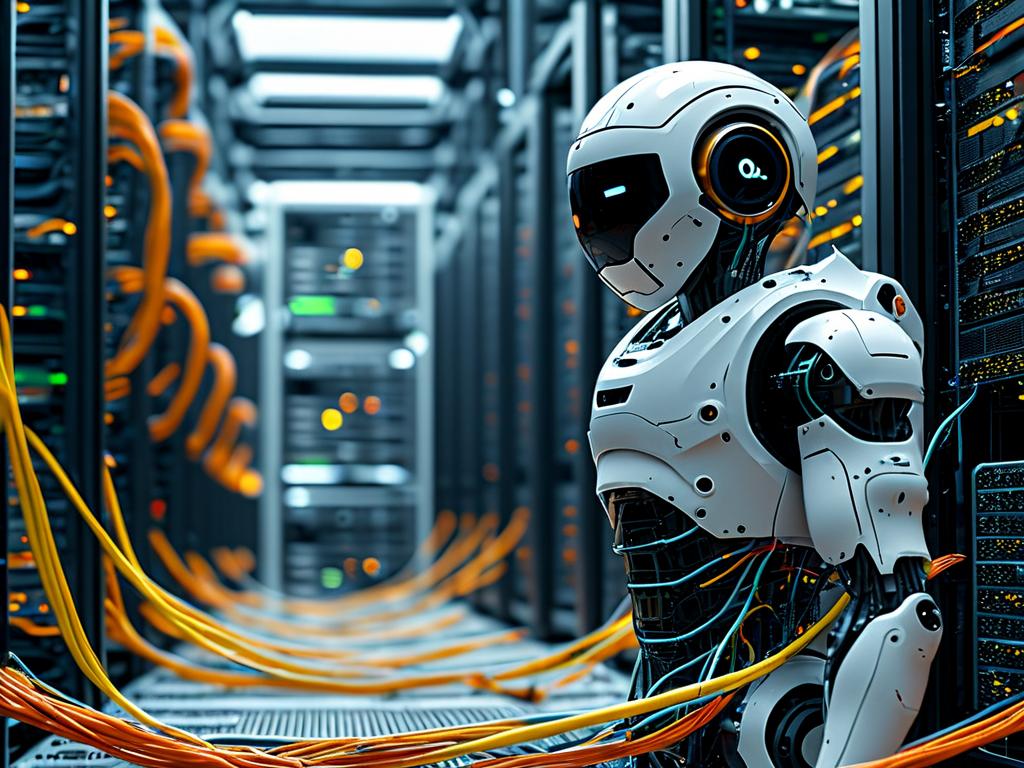The history of automated deployment is a testament to humanity's relentless pursuit of efficiency in software development. Over decades, the evolution from manual, error-prone processes to today's sophisticated CI/CD (Continuous Integration/Continuous Deployment) pipelines has revolutionized how software is built, tested, and delivered. This journey reflects technological advancements, cultural shifts in development teams, and the growing demands of a digital-first world.

1. The Early Days: Manual Deployment (Pre-2000s)
Before automation, software deployment was a labor-intensive process. Developers manually compiled code, copied files to servers, and ran tests-often leading to human errors and inconsistent environments. Releases were infrequent, with teams spending days or weeks preparing for a single update. The lack of standardized tools meant that deployment scripts were ad hoc, rarely reusable, and highly dependent on individual expertise.
This era also saw the rise of basic scripting languages like Bash and Perl, which allowed rudimentary automation. However, these scripts were fragile, lacked version control integration, and struggled to handle complex dependencies. The risk of downtime due to deployment failures was high, and rollbacks were equally cumbersome.
2. The Birth of Continuous Integration (2000–2010)
The concept of Continuous Integration (CI) emerged in the early 2000s, driven by agile methodologies. Tools like CruiseControl (2001) and Hudson (2005, later Jenkins) introduced automated build and testing workflows. CI emphasized merging code changes into a shared repository multiple times a day, automatically triggering builds and tests to catch issues early.
This period marked a cultural shift: developers began prioritizing collaboration, and teams adopted practices like automated unit testing. However, deployment remained semi-manual. While CI reduced integration headaches, pushing code to production still required human intervention, often involving handwritten deployment scripts or tools like Capistrano (2006).
3. The Rise of DevOps and Continuous Deployment (2010–2015)
The DevOps movement bridged the gap between development and operations, advocating for end-to-end automation. Tools like Puppet (2005), Chef (2009), and Ansible (2012) enabled infrastructure-as-code (IaC), allowing teams to programmatically manage servers and environments. Meanwhile, cloud platforms like AWS (2006) democratized access to scalable infrastructure.
Continuous Deployment (CD) became a reality with platforms like Travis CI (2011) and CircleCI (2011). These tools automated the entire pipeline: code commits triggered builds, tests, and-if successful-direct deployment to production. Companies like Netflix and Etsy pioneered "deploying multiple times a day," proving that automation could enhance stability, not just speed.
4. Containerization and Microservices (2015–2020)
The of Docker (2013) revolutionized deployment by standardizing environments through containers. Containers encapsulated applications and dependencies, eliminating the "it works on my machine" problem. Orchestration tools like Kubernetes (2014) further automated scaling, load balancing, and rollbacks in distributed systems.
Microservices architecture gained traction, enabling teams to deploy individual components independently. This demanded advanced CI/CD pipelines capable of handling granular updates. GitLab CI/CD (2015) and GitHub Actions (2019) integrated version control with deployment workflows, while tools like Spinnaker (2015) focused on multi-cloud deployments.
5. The Modern Era: GitOps, Serverless, and AI (2020–Present)
Today, GitOps-using Git as the single source of truth for infrastructure and application code-has become a best practice. Tools like Argo CD and Flux automate deployments by syncing Git repositories with Kubernetes clusters. Meanwhile, serverless computing (e.g., AWS Lambda) abstracts infrastructure management entirely, enabling "push-to-deploy" simplicity.
Artificial Intelligence is now entering the space. AI-driven tools analyze deployment logs to predict failures, optimize resource allocation, and even suggest code fixes. Security automation, such as embedding vulnerability scans into CI/CD pipelines, has also become critical in response to rising cyber threats.

Challenges and Future Directions
Despite progress, challenges persist. Complex systems require balancing speed with security and compliance. Cultural resistance to full automation remains in some organizations. Looking ahead, the integration of edge computing, quantum computing, and stricter regulatory frameworks will shape the next phase of automated deployment.
The history of automated deployment is a story of incremental innovation-from manual scripts to AI-enhanced pipelines. Each phase addressed the pain points of its time while laying the groundwork for future advancements. As technology evolves, automation will continue to redefine the boundaries of what's possible in software delivery, empowering teams to focus on creativity rather than repetitive tasks.









